Simplifying Motion Detection and Measurement for Automotive Control Systems
As cars continue to increase in complexity, automotive designers must provide reliable and accessible controls to prevent drivers and passengers from becoming overwhelmed.
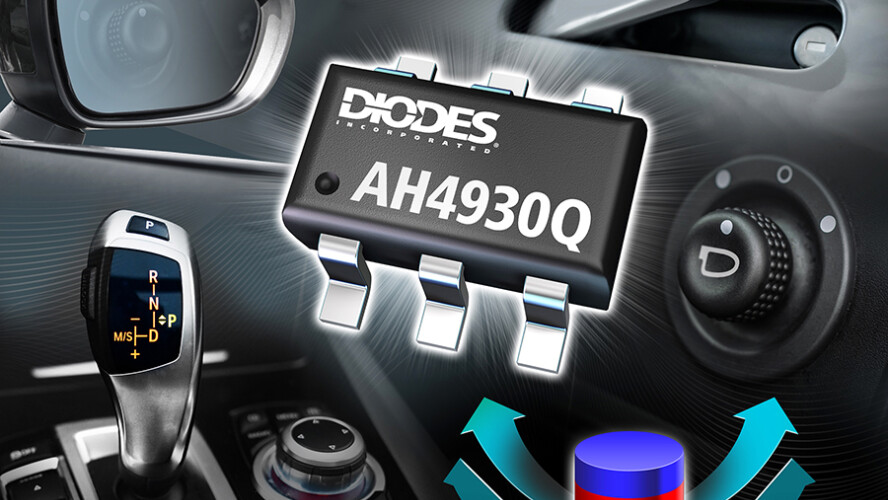
As cars continue to increase in complexity, automotive designers must provide reliable and accessible controls to prevent drivers and passengers from becoming overwhelmed.
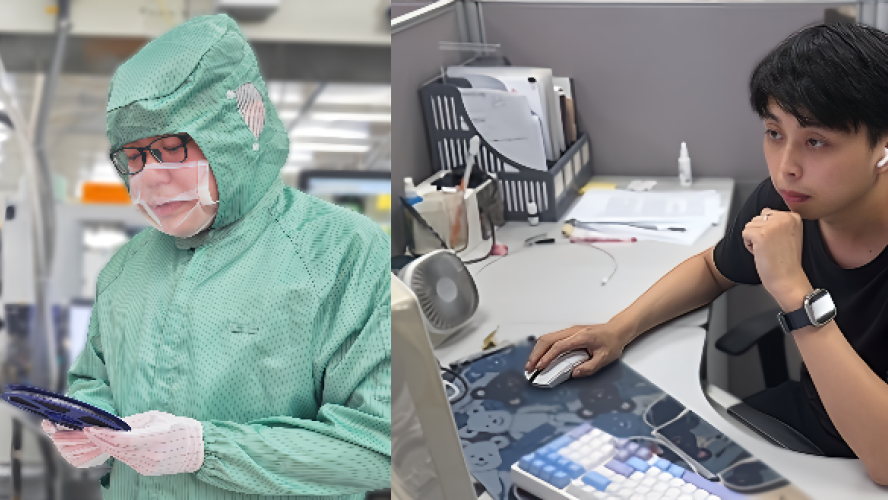
Our culture at Diodes Incorporated (Diodes) strives to provide interns with opportunities that prepare these young people for STEAM careers and the semiconductor industry.
Read more to hear from two interns who were able to parlay their experiences into full time positions with Diodes.
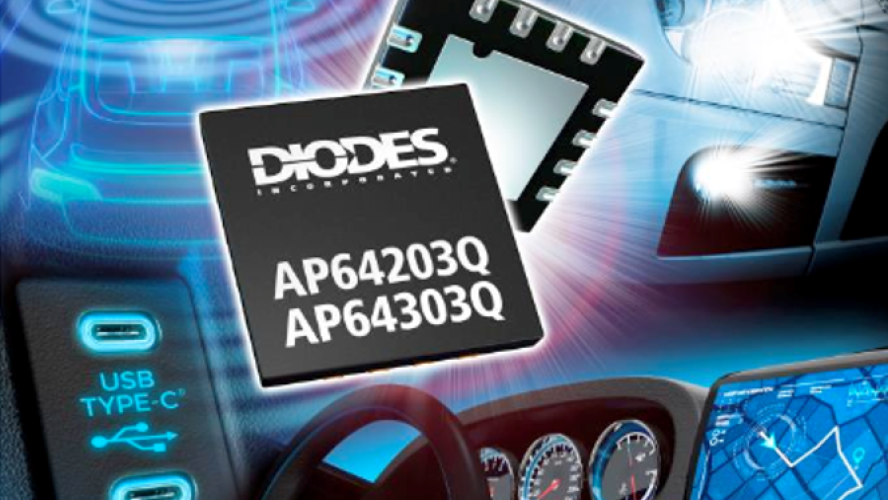
With modern vehicles containing so many electronic components and ECUs, it’s vital that PoL converters achieve high efficiency.
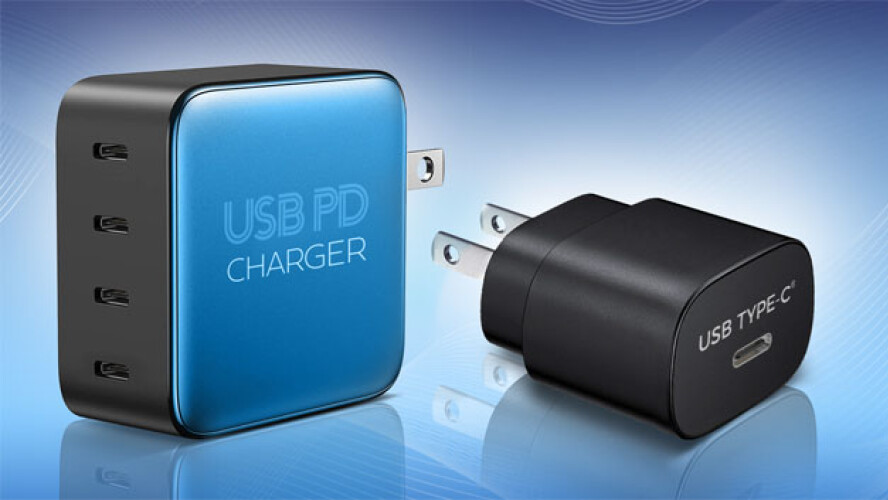
Understanding the differences between USB PD (Extended Power Range) and SPR (Standard Power Range) is critical to making an informed decision during the design process.
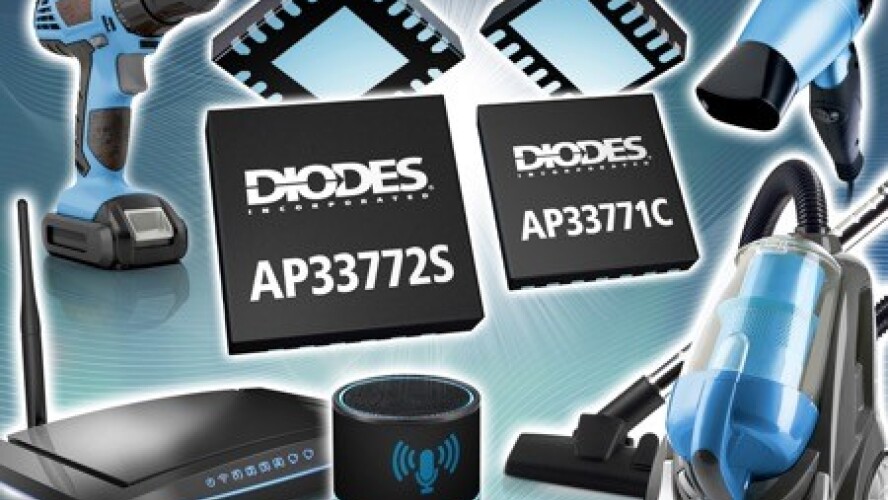
This blog looks at the PD abilities and requirements of USB-C, including the latest high-power variants and how engineers can create efficient system designs.
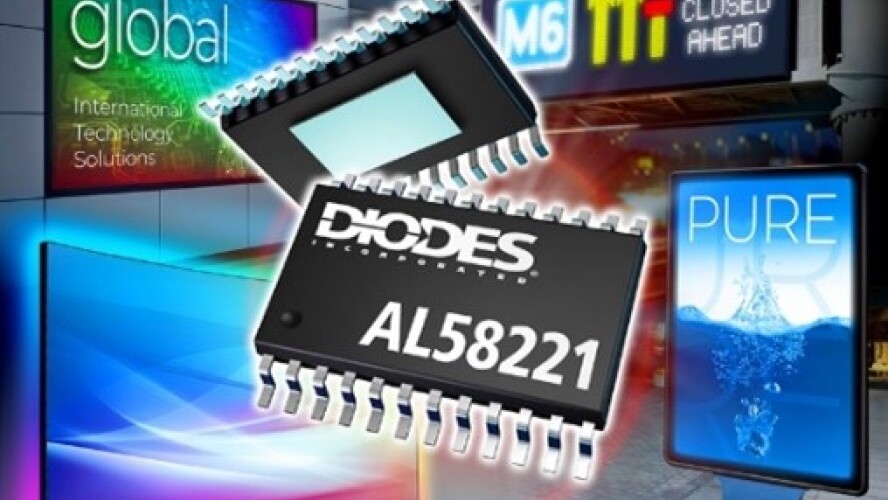
From its capacity to ensure uniform brightness, minimal flicker, and reduced EMI, the AL58221 LED driver enables superior performance for lighting applications.
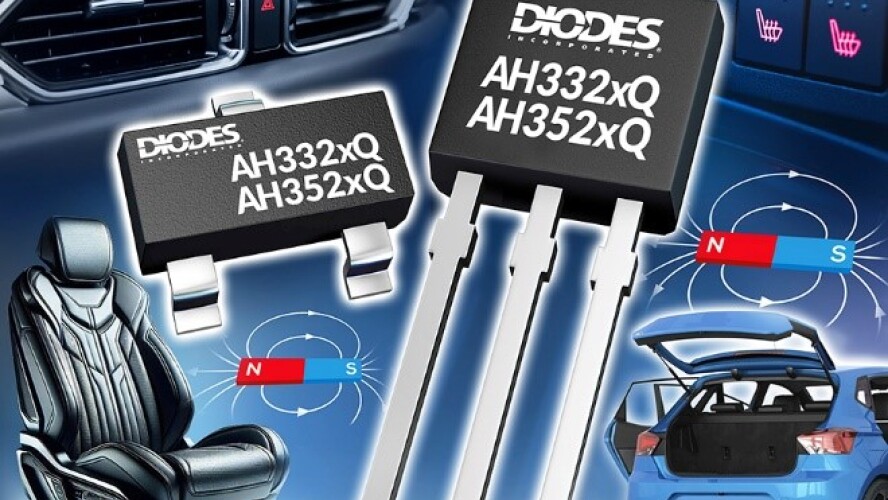
As vehicles and their technology features become more sophisticated, Hall effect switches help make driving easier, safer, and more comfortable.

From her experiences as an intern in human resource management, Sun XinYi reflects on the significance of communication, growth, and focusing on a "bigger picture" within one's work.
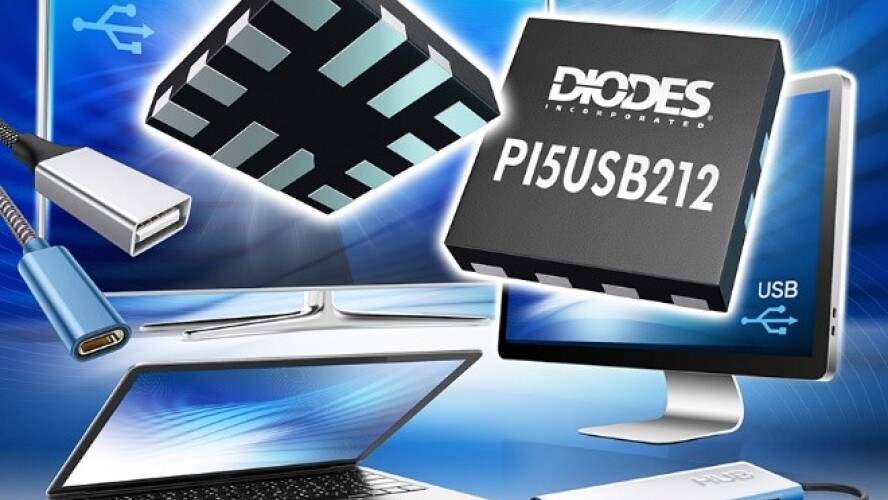
USB 2.0 may seem like legacy technology, but the PI5USB212 ensures it meets all the demands of today’s applications while providing a simpler and lower cost solution.

For IoT or handheld devices, it is often essential to achieve very low power consumption. This has led to an increasing trend to reduce power supply voltages for electronic devices, since power losses in a conductor are proportional to voltage squared.